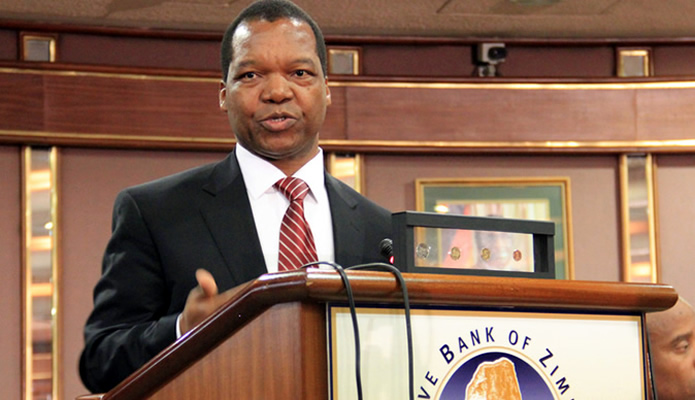Zimbabwe recorded a trade deficit of $1,248 billion for the seven months to July 2017, as imports made up mainly of consumption goods, continued to outstrip exports.

According to the Zimbabwe National Statistics Agency, the country imported goods worth $3,118 billion for the period under review, against exports of $1,870 billion.
The trade deficit was, however, 6,5 percent lower than the $1,336 billion recorded in the same period last year.
Top imports for the period were petrol, food and beverages, oil cake, electrical energy and medicines.
Economic analysts said the drop in imports was due to shrinking aggregate demand and recent restrictions on imports.
A strong dollar relative to trading partner currencies also lowered the greenback import cost on a constant quantity basis.
The persisting, though narrowing, trade deficit also presents continued pressure on market liquidity.
According to the figures, South Africa remained the country’s top trading partner in the period under review.
The neighbouring country accounted for $954 million of Zimbabwe’s exports in the eight-month period under review.
Zimbabwe imported goods worth $1,204 billion from South Africa during the period, leaving a trade imbalance of $320 million.
Economists say the country’s trade deficit may continue in the absence of quick mechanisms to stimulate industrial activity and enhance production.
Reserve Bank of Zimbabwe (RBZ) governor John Mangudya said the imports ban by government last year resulted in the revival of around 350 firms in the manufacturing sector.
“Some firms in the food processing and packaging sub-sectors are now operating at above 70 percent of capacity. Prioritisation of foreign exchange allocations by the bank to these firms continues to greatly assist the localisation process and enhancing local production and exports,” he said in the mid-term monetary policy statement.
The central bank chief noted that it was against this backdrop that the RBZ’s supply-side funding initiatives to enhance production, productivity and exports were put in place at the beginning of the year.
The funding initiatives include the export finance facility, business linkages fund, tourism support facility, cross-border facility, gold support facility, women empowerment fund, youth empowerment fund, fund for people with disabilities and the horticulture support facility. Daily News






